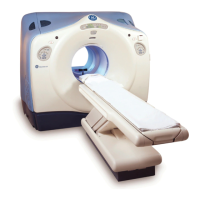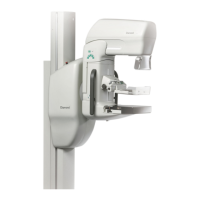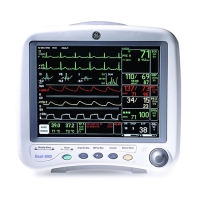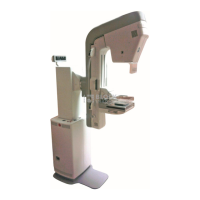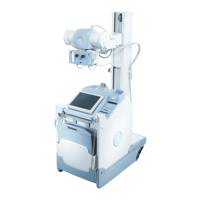Regulatory Clearances D.1 Regulatory Clearances
D.1.1 Regulatory Code Description
Discovery NM/CT 670 – Standard Integration Instructions
5483063-1EN, Rev.2, ©2015 GE Healthcare D-2
D.1.1 Regulatory Code Description
Egress: 29 CFR 1910 Subpart E (OSHA) and NFPA 101 (Life Safety Code) define the minimum
requirements for means of egress. The requirement most applicable to equipment installation and
room layout is minimum width of exit access. Under OSHA 1910.37(f)(6), the minimum width of
exit access shall in no case be less than 28 in. from any potentially occupied point in the room.
Under NFPA 101 (2006 edition) 7.3.4.1, the minimum width of any means of egress is 36 in.
However, NFPA allows this to be reduced to 28 in. around furniture or equipment, provided that
a 36 in. clearance would otherwise be available without moving permanent walls.
Electrical Clearance: 29 CFR 1910 Subpart S (OSHA) and NFPA 70E (Standard for Electrical Safety
in the Workplace) define minimum clearance requirements for the workspace around electrical
equipment. Under both OSHA 1910.303(g)(1) and NFPA 70E (2004 edition) 400.15, a minimum
clear space of 36" depth (with minimum 30" width and 78" height) must be provided in front of
electrical equipment with parts operating at 600 volts or below and likely to require examination,
adjustment, servicing, or maintenance while energized.
This safety clearance requirement applies to all GEHC equipment. Although 36 in. is the minimum
clearance for most installations, the standards require an increased minimum clearance distance
where parts operate above 150 volts (but still below 600 volts) under the following circumstances:
If the wall or surface directly facing the electrical equipment is grounded (for example: brick,
concrete, or tile) or includes grounded protrusions (such as medical gas ports, metal door or window
frames, water sources and metallic sink structures, metallic cabinetry, electrical disconnects or
emergency off panels, air conditioners or vents), then a 42" clearance depth is required.
If the possibility exists of exposed and unguarded live parts on both sides of the workspace
(for example if a power distribution unit were positioned on the wall directly facing the GEHC
equipment), then a 48" clearance depth is required.
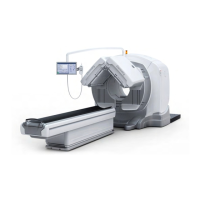
